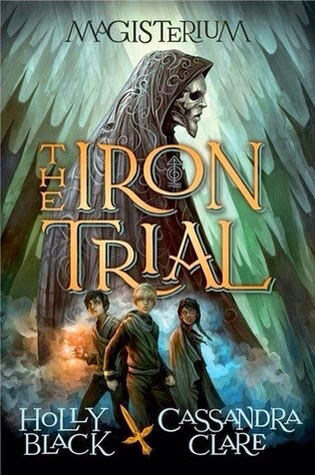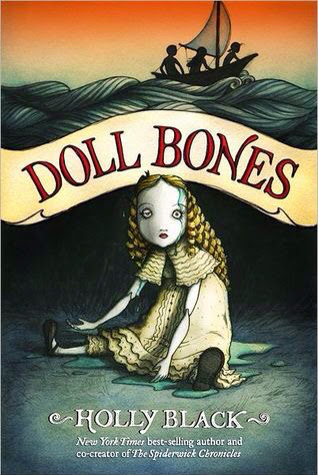This is a strange book - but strange in a good way, in fact strange in a rather wonderful way.
The title is a very good one and in many ways captures the strangeness and power of the book. The boy in question, a prominent figure in the story, yet not the actual protagonist, has the heart of a tiger in both a literal and a metaphorical sense. Yet the literal is not actually possible. We are on the verge of fantasy. Reality is ambivalent.
The same quality of ambiguity is evident in the very dramatic and wonderfully apt cover illustration by Levente Szabo. The image is simultaneously of a tiger's head and of a wooded outcrop with figures. It is the trees that form the tiger 's stripes - or possibly vice versa. Perception shifts between the two depending how you look at it, in a way that approaches the old optical illusion of candlesticks and faces. The realities merge. The picture is illusive. So is the book. It has no concrete presence, just shifting images that hover between nature and fantasy.
The protagonist of the story, a girl initially unnamed but later called Nona, has been brought up by dogs, although later adopted by an odd and eccentric 'scientist'. He is an experimenter who has kept specimens of live wild aminals in a world where almost all the rest have been purged to keep the population 'safe'. However, the book does not so much explore the implications of the girl's feral upbringing, to the extent that several other fictions on this subject do. Rather it uses it as a explanation for her empathy with animals and as a symbol of her essential wildness.
When Nona's adoptive Father is hounded by the ruling authoritarian regime, he releases his specimen animals and kills himself. Wrongly accused of his murder the girl flees in search of a free, wild world beyond that in which she now lives. She sets off on a long and difficulty journey-quest, accompanied by an erstwhile dancing bear but pursued by the evil authorities. Later she meets and teams up with an abused boy, as well as the tiger-boy of the title and a number of other escapee beasts.
One of the few words I can come up with for this book is poetic. But I do not want to give a false impression. Its language is not elaborate or fanciful. Rather the reverse. It is extremely clear and straightforward; at times almost clipped, particularly in its dialogue. Rather it is poetic in the sense that its story, its characters, its actions are more image than reality, metaphors; its reality is gently shifting, vague, translucent around the edges.
Both the geographical and human landscape through which the companions travel are a strange mixture, sometimes almost fairy tale, at others dystopian grunge, almost cyber-punk in feel. Many of the incidents on the journey and the characters met are not totally credible in a naturalistic sense. The 'circus' Nona reaches part way through is not quite like any other circus, more perhaps of a freak show, though whether the humans or the aminal are freaks . . . ? The small band of children and beasts who journey on from the circus is not quite a fellowship in the Tolkein sense; all are rather prone to wander off on their own; they have their own motivations as well as a common one. A pit of innumerable snakes bars the way out of the animal-culled, allegedly danger-clear world. It seems to represent the fear of the unknown which cows and contains the inhabitants of this world. But the snakes have eaten themselves by the time the children reach it. Yet the land which they eventually succeed in reaching is no Shangri La. It has always been called and remains The Edge. It is unknown, wild and dangerous. But it is alive.
Another way to describe the world of this book might be as a dreamscape. But this too could potentially mislead. This is not a simplistic then-they-woke-up-and-it-was-all-a-dream story. Rather it is a dream in the sense that odd things happen without them seeming odd. Explanations are not always completely rational, or logical, but do not need to be. This world is engrossing yet distanced; perceived rather than experienced.
One of the features which helps create this pervading strangeness is that the story is written entirely in the historic present tense. This is an authorial device that can often seem rather pretentious and become tiresome to the reader, particularly when sustained over a whole book. Yet here it strangely works. It puts the reader at something of a distance from the action, almost watching from outside, more as you would experience a film rather than a novel, sympathising rather than empathising. Yet it is not as simple as this. The author sometimes slips from an objective narration and let the reader into the thoughts and feelings of a character. It is odd, but effective. Strange.
The book is easy and quick to read, but lingers long. It is thought-provoking, strong in message, but without haranguing. It is gently disturbing. It is exciting and frightening in parts. It is sometimes beautiful. It is certainly original, unique. It is a strange book - but strange in a good way.



